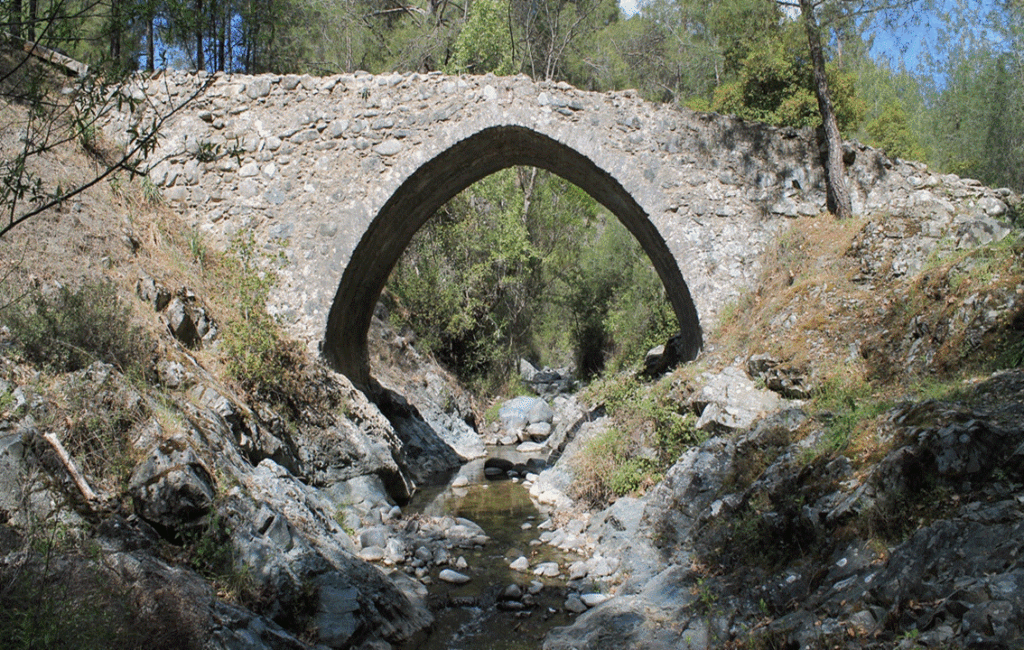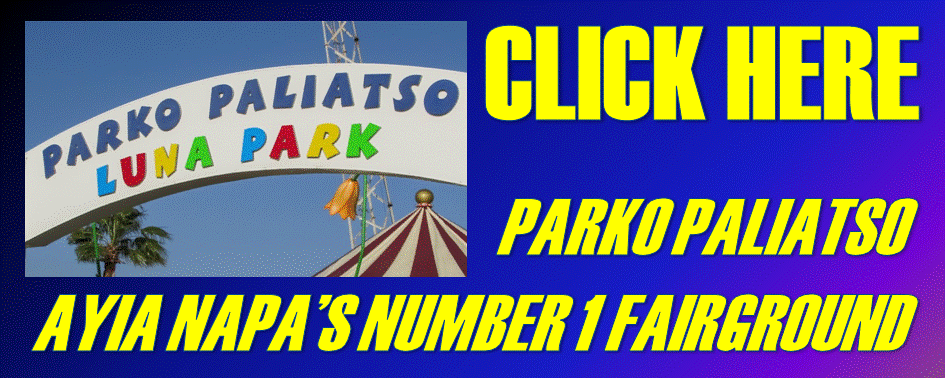THE ARCHITECTURAL MARVEL OF THE RENAISSANCE
A TRADING EMPIRE AT ITS CORE
The Venetian era began in Cyprus after the Republic of Venice took control of the island in 1489. This occurred after the last independent Queen of Cyprus, Catherine Cornaro, abdicated her throne. This ended the Cypriot kingdom of Lusignan, ushering in a new, profound Venetian era that would last nearly 100 years. The Venetian’s were effectivley a trading empire, and their interest in Cyprus became apparent because they wanted to strengthen their grip over Eastern Mediterranean trade routes. They ruled the island unopposed until the Ottoman conquest of 1571.
A HISTORIC CYPRIOT LEGACY
To secure their grip on the island, the Venetians immediately began improving infrastructure. This led to several locations across the island being identified for the installation of new bridges. The construction of these bridges helped to form part of a new camel trail that spanned the entire island. This would later be used to create a network that allowed the Venetians to extract and then trade anything of value. Today, the bridges that remain are dotted throughout the island, creating a historic Cypriot legacy.


NEW BRIDGES FOR NEW RULERS
The Venetian era in Cyprus brought with it a general transformative period. With that, Venetian architects set about implementing and designing several new bridges in quick succession. These new bridges employed the same functional single-arch stone design. They were all characterised by this distinct architectural style, which blended both Gothic and Renaissance elements. The construction of several of these sturdy stone bridges facilitated trade in multiple locations across the island. The bridges today are not only a testament to the Venetian era but also to their engineering prowess and their commitment to enhancing the island’s economy at the time.
A FLOURISHING TRADE
Trade began to flourish after the new bridge-building program was completed. A new bustling network of camel trails, linking rural agricultural areas and remote mines in the mountains to bustling coastal ports, was created. This further ensured the flow and transportation of various goods. The bridges also connected various villages and towns to the main cities, making the island much more accessible to several travellers.


LOCALLY SOURCED STONE
The Venetian bridges of Cyprus often feature several architectural elements that are indicative of their design principle. All of these bridges follow a similar pattern of design that consists of a single semi-circular arch at their centre. Their robust, sturdy design stems from the fact that they are all built from locally sourced stone. Their simple, but effective design also allows for both structural strength and aesthetic appeal. All of the bridges were built to distribute weight evenly, thus alleviating the pressure at their centre. This has been an essential factor for their survival through the centuries to this day.
PICTURESQUE LOCATIONS
Several of these bridges are situated in often picturesque locations. They often bridge rivers, gorges, and valleys. They also serve as focal points of the landscapes they inhabit. Their harmonious integration into the natural scenery also exemplifies the Venetian Renaissance movement. This movement emphasised the blending of human creations with nature. Some of these bridges also reflect the wealth and status of some of the Venetian nobility who settled on the island at the time. Embellishments reflecting the power of the Republic of Venice are also found on some of these bridges. Others include decorative stonework, inscriptions, and, in some cases, carved coats of arms.


BRIDGING CULTURAL EXCHANGE
The significance of the Venetian bridges extends beyond their basic architectural merit. They have gone on to play a crucial role in helping to shape the social and economic landscape of the island. As well as encouraging the movement of both people and goods, they also enabled access to faraway markets. This facilitated the cultural exchange among the diverse populations residing on the island at the time. These bridges also elevated the prosperity of several towns and villages across the island.
A LASTING IMPACT ON CYPRIOT CULTURE
The Venetian bridges of Cyprus are more than just structures of stone. They offer invaluable insights into the island’s past and act as reminders of the intricate tapestry of cultures that have shaped the identity of this beautiful island. Moreover, they serve as reminders of a significant period that has left a lasting legacy on the island. These bridges, which enhanced a flourishing of trade during a vibrant period in Cypriot history, also helped to enhance Cypriot culture, architecture, and society at the time. Today, the bridges stand as beautiful examples of a bygone era. They act as cherished historical landmarks that specifically represent the ingenuity of Venetian engineering. As they continue to be studied and preserved, these bridges also serve as a connection between the past and present. The bridges today also help to promote both tourism and education by linking various cultural sites across Cyprus.
A LOVELY DAY TRIP!
Standing tall today, a visit to any of these bridges will form an enjoyable excursion into the Cypriot countryside. Most of these bridges are mainly built over several inland streams, creating a cooler climate during the scorching summer. The areas surrounding most of these streams often offer diverse natural environments to be explored. Many hikers, tourists and even newlyweds often use these charming bridges as a backdrop for photographs. Following the Venetian Bridges Nature Trail, opened by the Department of Forests, is a good way to explore these bridges. Other excursions include various 4 x 4 jeep safari experiences.
Notable Venetian Bridges in Cyprus
A list of some of the most significant Venetian bridges found throughout Cyprus
- The Piscopou Bridge: Located near the village of Fini in the district of Limassol, this bridge proved crucial for connecting various villages in the mountainous interior of the island.
- The Bilarion Bridge: Located near the ancient castle of Bilarion, this bridge was crucial in connecting coastal towns with the interior of the island.
- The Kelefos The Koursoum Bridge: Near Paphos, this lesser-known bridge is representative of the numerous small pathways utilized during the Venetian period.
- The Nicosia Bridge: This bridge retains urban significance as it connects important districts within the capital city, showcasing the legacy of Venetian engineering amidst modernization.
- The Agios Georgios Bridge: Situated near the village of the same name, it reflects the blend of nature and architecture emblematic of the Renaissance period.
- The Zivani Bridge: An impressive example of a Venetian bridge located in the mountainous region, it has become a popular subject for photographers and historians alike.
- The Karkotis Bridge: Known for its historical inscriptions, this bridge provides insight into the era and the Venetian influence in this part of Cyprus.




